JEFFERSON – Tracy Moskovitz walked down an old horse path in an empty forest looking like the woodsman he enjoys being. Dressed in jeans and a T-shirt, the lawyer-transplant looked at home.
But then, this 1,000-acre forest that is a community-supported nature center is Moskovitz’s home.
Five years ago, Moskovitz and his wife, Bambi Jones, decided all the outdoor fun they and their friends were having on the large tract of land the couple owned should be shared. Where it sat within the largest tract of unbroken forestland in the midcoast, their property offered a quiet haven and unusual outdoor escape. So they opened a nature center and tried it on for size.
“The first two years, we didn’t tell anyone. If you go back and look at the events we held, we didn’t say where they were,” Moskovitz said with a grin, not entirely joking.
Today, Jones and Moskovitz can’t keep quiet about Hidden Valley Nature Center, a growing nonprofit with 300 members who are helping to shape it into a unique community venture focused on nature-based learning.
And those who support the nature-based education and sustainable forestry lessons here don’t want them to keep it a secret.
The way the center has developed through Moskovitz and Jones’ encouragement, the members propose projects and seminars, offer their skills and knowledge in their areas of expertise, and then make the classes happen.
“The numbers are at least in the dozens of those who are actively involved. HVNC is special in that the skills and ability of those experts are in a wide variety of areas, from art to natural history to skiing,” said Dan Townsend, a Hidden Valley member and local summer resident, as well as a professor of ecology at the University of Scranton in Pennsylvania.
“It’s special compared to nature centers I’ve seen across the U.S. It’s certainly not board (of directors) driven,” added Townsend, who leads ecology classes at the center and is writing its nature trail guide.
Chuck Dinsmore is another good example. A professor of medical research, Dinsmore retired to Maine four years ago to teach high school science. He recently retired from that career, but still wanted to give back in the classroom.
Hidden Valley’s natural outdoor laboratory was perfect for his pursuit.
“It’s so important what they’re doing. I’m proud to be associated with it,” Dinsmore said of the Hidden Valley approach.
The remote bog with its four carnivorous plants, the backcountry cabins far from any roads, and the rocky ridge line are highlights of Hidden Valley, but not the best part, Dinsmore said.
“I like the educational part, to help kids avoid the nature deficit disorder. All the studies show real learning takes place in nature, where you notice things,” Dinsmore said.
The sustainable approach to harvesting the woodlot is another way the center uses the expertise of Hidden Valley members.
Bob Lear, who lives a few miles from the center, teaches the timber-frame classes that resulted in two small rustic lodges, which are now Hidden Valley visitor centers.
“People have come from Pennsylvania and Massachusetts for this class. I don’t think there was anyone who was unhappy with it,” Lear said.
That’s a common theme here.
Aram Calhoun, a vernal pool expert at the University of Maine, was there two weeks ago leading the center’s vernal pool program. Calhoun is not a member, but noticed the hands-on, happy approach of the Hidden Valley community.
“Bambi Jones is in the Master Naturalist Course with a focus on vernal pools. She invited (me) because she wanted to broaden her level of knowledge. It’s a wonderful opportunity for Bambi to develop a program and to do lots of public education,” Calhoun said.
Moskovitz and Jones never imagined they’d turn their forestland into a nature center. But Moskovitz said now they can’t imagine it serving a more valuable purpose.
“It’s like Baxter (State Park), but it’s quiet,” he said, wearing his constant grin.
And while Hidden Valley has grown slowly, word is starting to spread. And Moskovitz and Jones now want that.
“We can probably increase use and it’s OK, because it’s really big. On a busy weekend, there will be 100 people a day. But once you get outside the parking area, you don’t see them,” Moskovitz said.
Staff Writer Deirdre Fleming can be contacted at 791-6452 or at: dfleming@pressherald.com
Twitter: Flemingpph
Copy the Story Link
Send questions/comments to the editors.


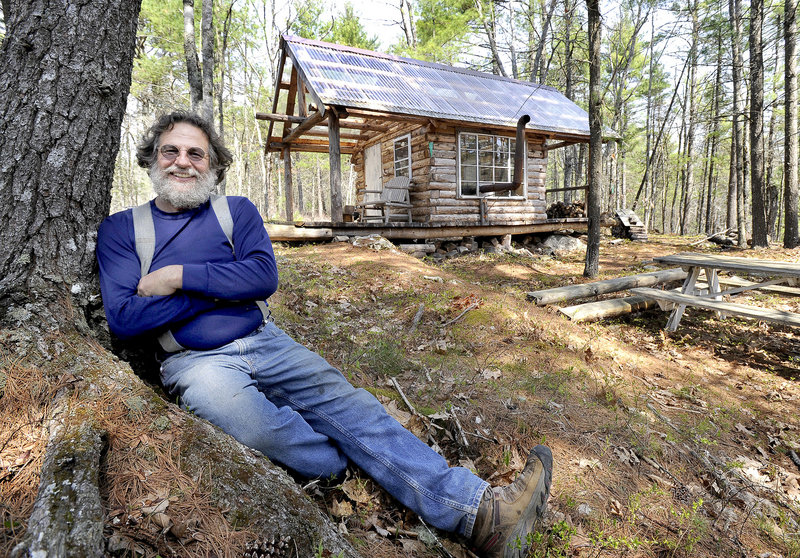
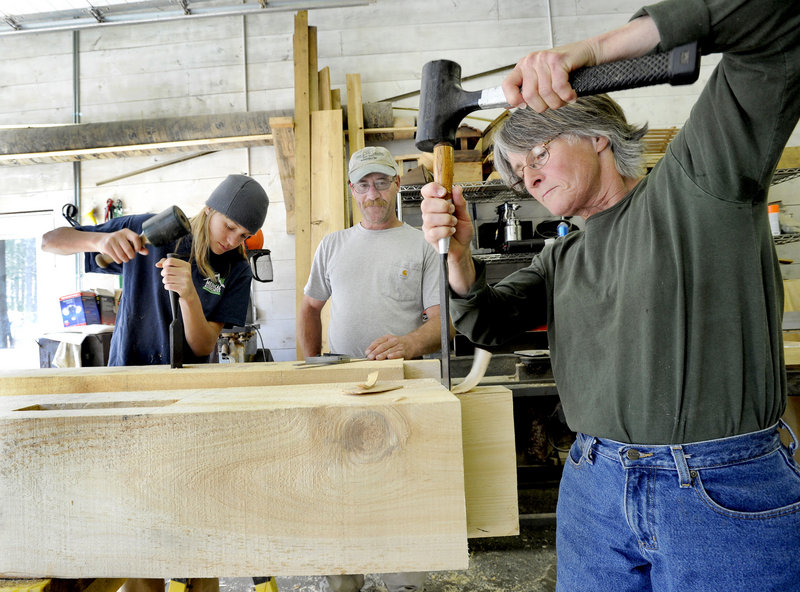
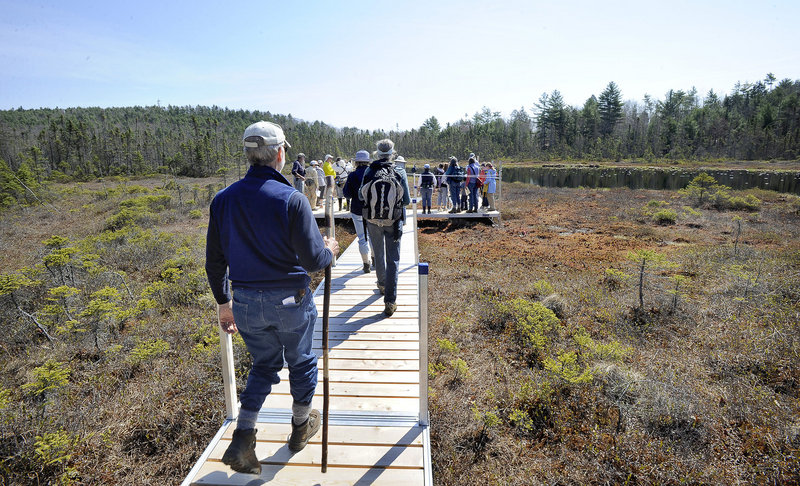
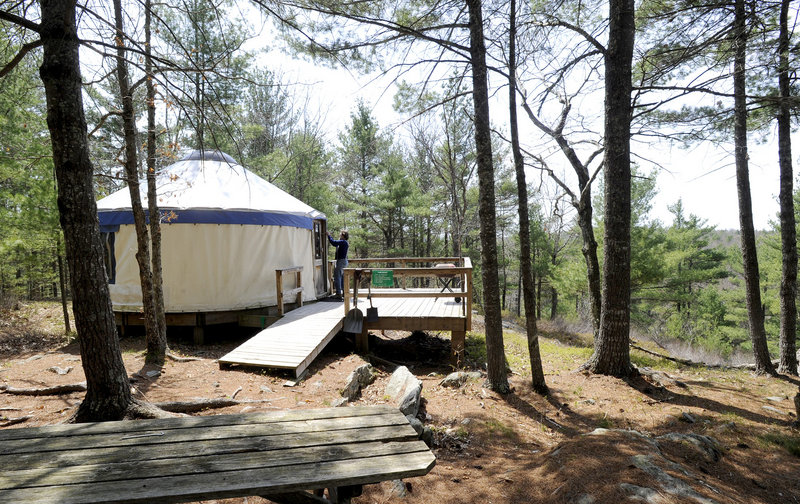
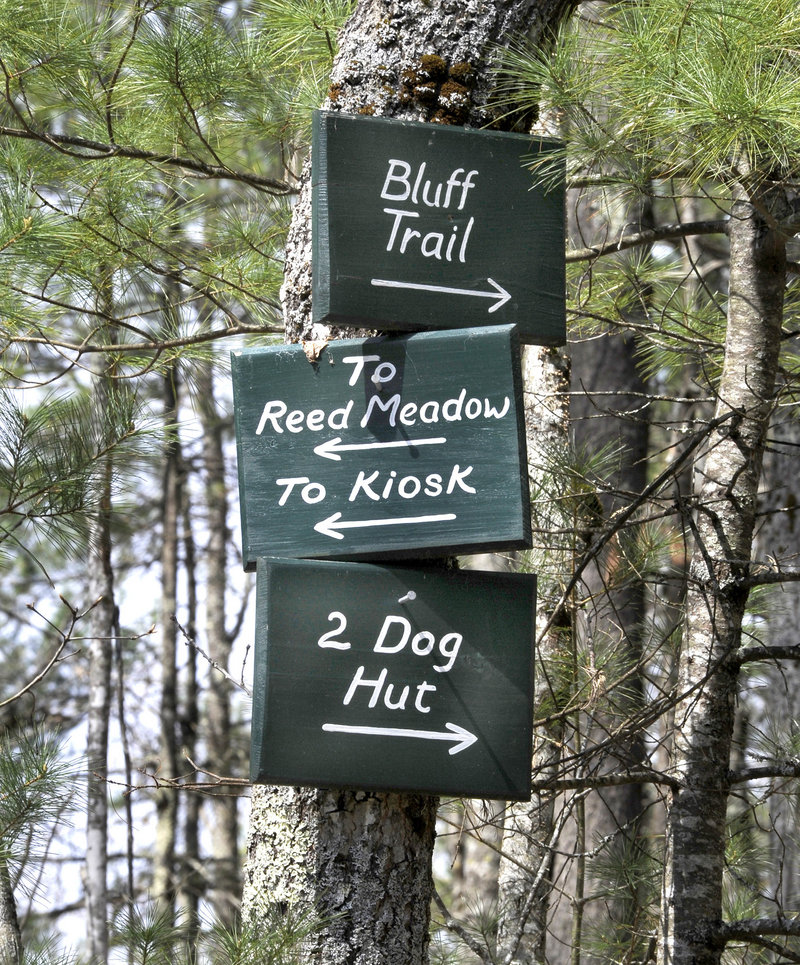
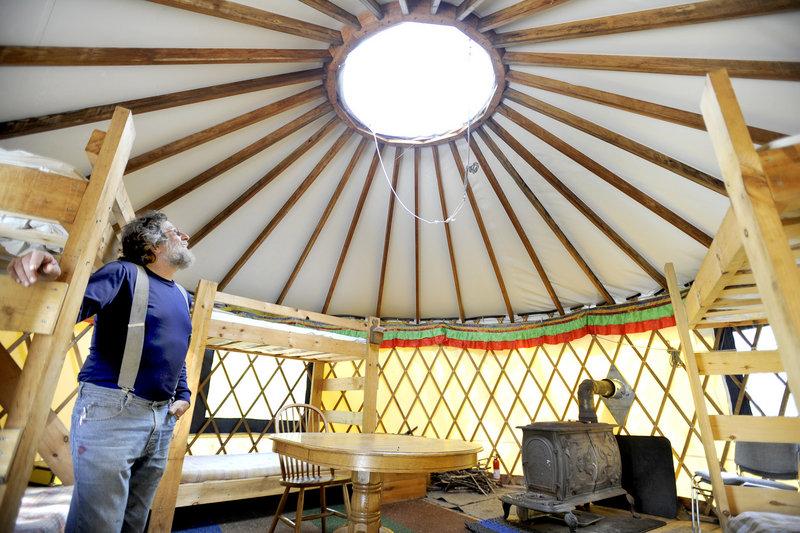

Success. Please wait for the page to reload. If the page does not reload within 5 seconds, please refresh the page.
Enter your email and password to access comments.
Hi, to comment on stories you must . This profile is in addition to your subscription and website login.
Already have a commenting profile? .
Invalid username/password.
Please check your email to confirm and complete your registration.
Only subscribers are eligible to post comments. Please subscribe or login first for digital access. Here’s why.
Use the form below to reset your password. When you've submitted your account email, we will send an email with a reset code.